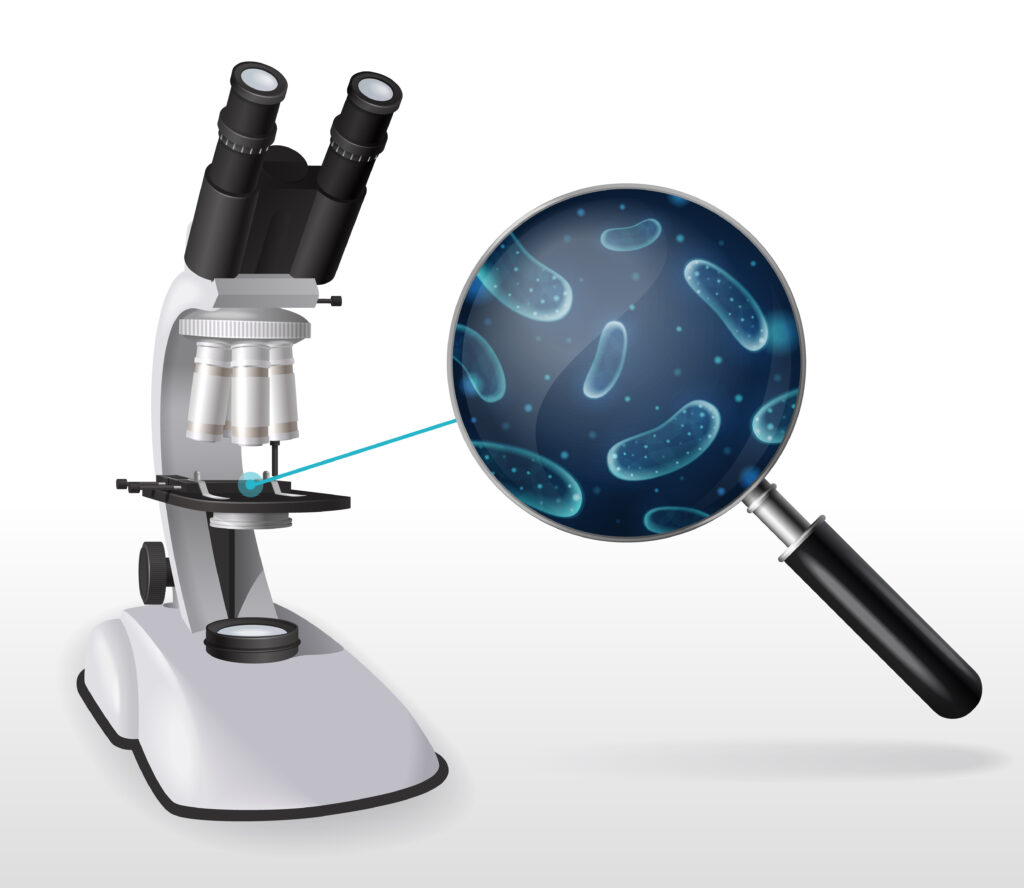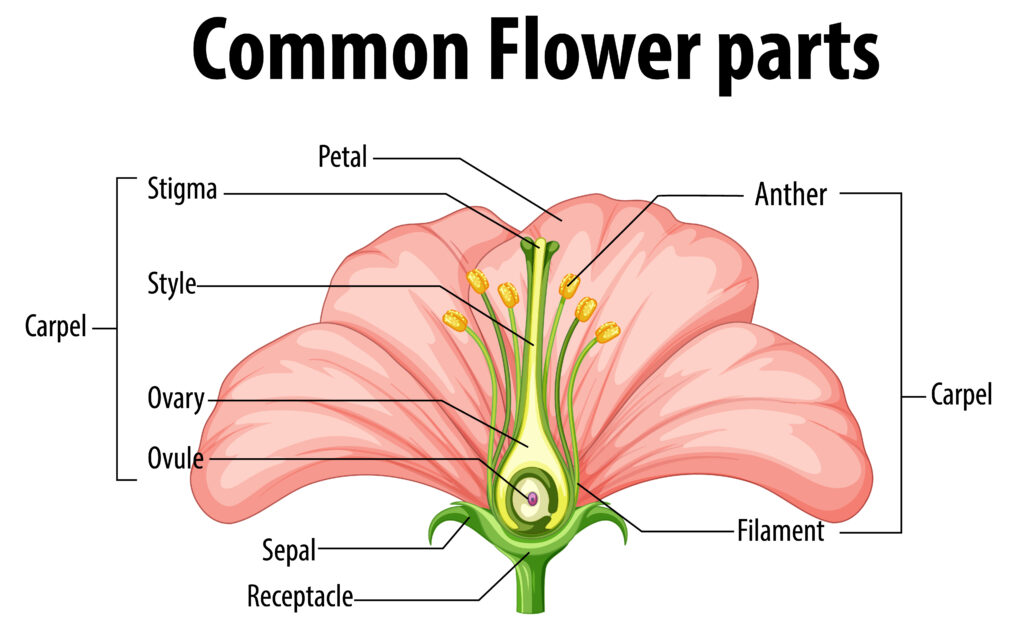Fibre to Fabric
Explore the fascinating journey from animal fibres to beautiful fabrics. Learn about different animal fibres, the life cycle of silk moths, and traditional Indian silk costumes.
Help & Instructions
▼- Fibre Identification: Match animal fibres to their sources
- Silk Moth Lifecycle: Arrange the stages of silk moth development in correct order
- Use the hint button if you need help with any section
- Try different activities to learn about various aspects of fibre production
- Identify different animal fibres and their sources
- Understand the life history of the silk moth
- Learn about properties of wool and silk
- Explore traditional Indian silk costumes
Animal Fibres: Match to Source
Match the animal fibres with the animals that produce them.
Silk Moth Lifecycle: Arrange the Stages
Drag and drop the stages of silk moth development in the correct order.
Animal fibres are natural fibres that come from animals. The most common animal fibres are wool and silk. Wool is obtained from the fleece of sheep, goats, camels, and other animals. Silk is obtained from the cocoons of silkworms. These fibres have unique properties that make them valuable for textile production.
Fibre to Fabric Concepts
Different animals provide different types of fibres:
- Sheep: Provide wool, the most common animal fibre
- Goats: Angora goats provide mohair, Cashmere goats provide cashmere
- Camels: Provide camel hair, known for its warmth
- Silkworms: Produce silk, the strongest natural fibre
- Yak: Provides yak wool, common in Himalayan regions
The process of silk production involves these stages:
- Egg: Female silk moth lays hundreds of eggs
- Larva/Caterpillar: Hatches from egg and feeds on mulberry leaves
- Pupa: Spins a cocoon of silk fibre around itself
- Cocoon: Protective case where metamorphosis occurs
- Adult moth: Emerges from cocoon to continue the cycle
Wool and silk have unique properties that make them valuable:
- Wool: Insulating, absorbent, flame-resistant, elastic
- Silk: Lustrous, strong, lightweight, absorbent, hypoallergenic
- Both fibres are protein-based and biodegradable
India is known for its diverse silk traditions:
- Kanchipuram (Tamil Nadu): Heavy silk saris with gold thread
- Banarasi (Uttar Pradesh): Intricately designed saris with metallic threads
- Mysore (Karnataka): Soft silk with minimal designs
- Baluchari (West Bengal): Saris with narrative scenes on borders
- Patola (Gujarat): Double ikat silk saris with geometric patterns


